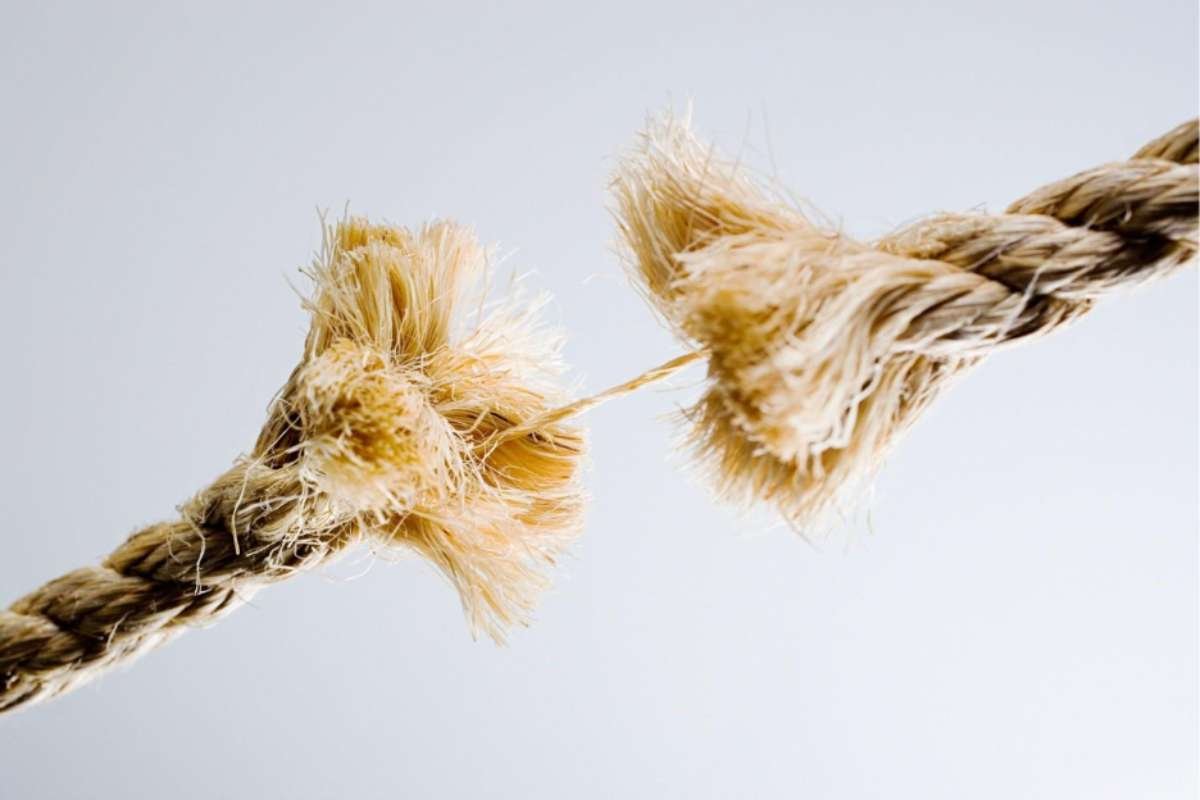[Source – science.org]
In a breakthrough study, hundreds of scientists have mapped the brain of the fruit fly, Drosophila melanogaster, revealing a level of complexity that has astonished the scientific community. Published in Nature, the new wiring diagram shows that over 140,000 neurons are connected by more than 490 feet of wiring. For comparison, that is as long as four blue whales placed end to end. This monumental achievement provides researchers with an invaluable tool to further study the nervous system of the fruit fly, a species that has been central to neurological research for decades.
This fruit fly brain map, known as a connectome, is the first of its kind for a complex brain. Previously, only a much simpler organism, a tiny worm with 385 neurons, had its brain fully mapped. According to Mala Murthy, a neurobiologist at Princeton who co-led the project, this is “the first time we’ve had a complete map of any complex brain,” marking a significant milestone in neuroscience.
A Window Into Understanding Larger Brains
While the fruit fly brain is minuscule compared to a human’s, which contains 86 billion neurons, the insights gained from this study may be applicable to other species, including humans. The researchers believe that analyzing the fly’s brain circuitry will help uncover universal principles of brain function. For example, one of the studies in this series focused on how sensory information moves through the brain, resulting in commands for motor functions. The team created a computer simulation of the fly’s brain to demonstrate how it responds to simulated tastes, even producing signals to prompt the fly’s tongue to stick out.
Sebastian Seung, another lead researcher from Princeton, pointed out that the fly brain simulation brings to mind long-standing science fiction concepts, such as mind uploading, where human consciousness could be transferred into a computer. He stated, “Mind uploading has been a science fiction, but now mind uploading — for a fly, at least — is becoming mainstream science.”
A Decade-Long Effort to Map the Fly Brain
The journey to map the fruit fly’s brain began in 2013 when neuroscientist Davi Bock and his colleagues at the Howard Hughes Medical Institute’s Janelia Research Campus embarked on the challenging project. They preserved the fly’s brain by submerging it in a chemical bath and hardening it into a solid block. Using a precise method, they shaved off ultra-thin slices of the brain and took detailed photographs of each layer. This painstaking process yielded 7,050 sections and over 21 million images.
To make sense of the data, Dr. Seung and his team developed sophisticated software capable of interpreting the images. Computers were programmed to recognize the neuron cross-sections and reconstruct their 3D shapes. However, the software occasionally made errors, such as neurons appearing to pass through one another. A dedicated team of experts worked to manually correct these mistakes, ensuring the accuracy of the model.
The final map, completed after more than a decade of work, classifies 8,453 distinct types of neurons in the fly’s brain, a figure that far exceeds the 3,300 cell types currently identified in the human brain. This makes it the most comprehensive brain map to date. Researchers are optimistic that this new understanding of the fruit fly brain will spark further discoveries in the field of neuroscience, with potential implications for understanding more complex brains, including that of humans.









